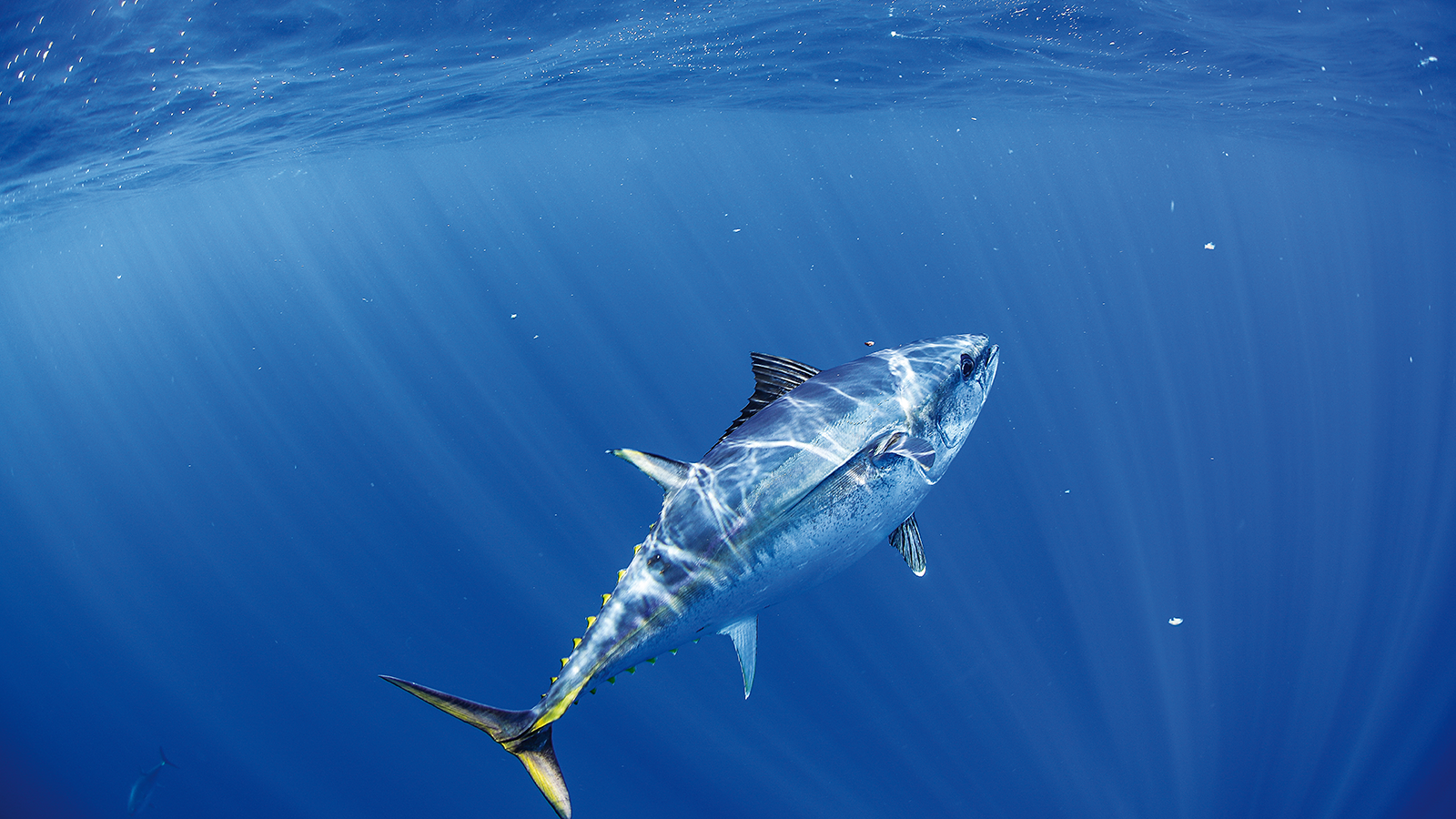
Setting the Strategic Direction for the ABFA 2025-2030

National coordination of access to agricultural and veterinary chemicals in the Australian seafood industry






















The occurrence of harmful algal blooms on Australian barramundi farms is an established threat that appears to be increasing in frequency and has already caused a significant economic impact to affected farms. As the Australian barramundi industry expands it is anticipated the frequency and severity of harmful algal blooms may increase. The potential cost savings from preventing or minimising the impact of a single harmful algal bloom can be significant (potentially up to $300,000 per case). This would provide an immediate return on the research investment of this project. The widespread and remote location of Australian barramundi farms limits the ability to quickly get suspect bloom samples to an appropriate analytical laboratory and receive diagnosis within a timeframe that is appropriate for response to an emergent harmful event, whereby emergency actions could be taken to minimise impact. There is a critical need for increasing awareness, further education and training, and provision of initial guideline tools to help farm staff differentiate harmful from harmless blooms and respond to these events accordingly. This first step will facilitate farms to develop monitoring programs to detect and respond to problem blooms prior to the encountering of large-scale mortality events.



The Australian Barramundi Farmers Association (ABFA) called for an EOI via FRDC for a proposal to evaluate alternative humane harvest methods for farmed barramundi. Specifically, the ABFA identified electro-stunning as a technology of interest to further optimise animal welfare outcomes, while maintaining product quality. The association needs all available information reviewed to evaluate the technology’s potential and if recommended, to help shape the direction of future R&D into the suitability of electro-stunning for the barramundi industry. As a precursor to possible on-farm trials, the ABFA wants to better understand the nature of the technology and learn from international experience in other fish culture sectors. This full proposal addresses the ABFA’s desire for greater insight into; (a) consumer’s attitudes towards fish harvesting and slaughter; (b) the state of uptake of similar technologies by other aquaculture sectors; (c) how to adapt electro-stunning efficiently into a harvest process for a range of barramundi farm sites; (d) whether local or overseas manufacturers/agents can be engaged to co-fund tests of equipment on-farm; and (e) what requirements must be met to make that testing possible and how it would be conducted.
Approval of the EOI was subject to the full application addressing the need for the literature review to include any work on methodology for establishing product quality indicators in addition to welfare indicators (Condition 9).



Significant losses of farmed barramundi have occurred in coastal marine aquaculture sites utilising marine water sources due to Cryptocaryon irritans infestations. The disease costs have had substantial impacts on commercial aquaculture operations. Cryptocaryon irritans has a direct life cycle with an adult in the skin or gills of the fish and asexual reproduction in the environment away from the fish. The life cycle of C. irritans is temperature and host dependant and treatment must be timed with critical phases of the life history to maximise efficacy. This project will establish this timing to provide guidelines for optimised treatment.
The existing treatments have substantial costs ($3K+/treatment) and a sub-optimal profile for environmental release with high toxicity and environmental persistence. This project will optimise doses of existing treatments, and identify and assess new treatments. Products identified as effective and safe will have optimised guidelines developed for delivery to ensure the best outcome for farms and the environment. Such improvements will support further expansion of the finfish aquaculture industry in Northern Australia.



The Australian Barramundi Farmers' Association(ABFA) is the peak representative organisation for the Australian farmed barramundi industry. We exist to facilitate the profitable and responsible development of the Australian Farmed Barramundi industry. reserch, development and extension of knowledge to industry is a core function of the association.
There is a need to maintain cohesive and strategic direction of ABFA RD&E in line with the ABFA 2020-25 Strategic Plan, and in alignment with the Indusry partnership Agreement.
Communication and extension across members, service providers, funders and other key stakeholder groups on RD&E needs and outcomes is required.
This project is needed to give effect to the ABFA's responsibilities in planning, investing in and managing of RD&E and the adoption of RD&E results, in acordance with the IPA.


